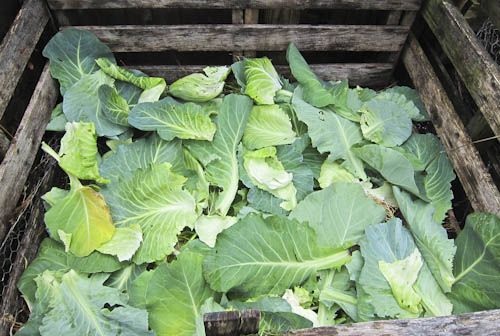
Kiwi is a climbing plant and needs support until they are properly established, a trellis system is preferred.
A kiwi fruit tree can give a farmer up to Sh20, 000 in a given harvest yet the fruits are in low supply in Kenya despite their nutritional benefits owing the fact that many farmers have not picked up the venture.
It is very hard to come by kiwi fruits in the ordinary shops in Kenya and a full shelf packed of the fruits can only be spotted in high end supermarkets making its price as high as Sh100 per fruit which is equivalent to 1.15 USD according to International Trade Centre April 2013 report on Market Dynamics.
RELATED ARTICLE: Rare fruit fetches KSh2,300 per Kg in Kenya
In one eighth acre piece of land a farmer can plant 50 trees of kiwi fruit which when harvested only one tree can yield over 200 fruits and one kiwi fruit retails at Sh100 in most of the high end retailers and supermarkets according to Marchlyn Green Forest Farm’s agronomist Ndungu Waititu.
“Kiwi fruit price is high because the fruit is imported meaning that no local farmer can meet the market demand or the quality desired by the market,” said Waititu.
RELATED ARTICLE: Farmer fetching Sh1,500 per kg from rare chia magic seed
The fruit which is also called the Chinese goose berry is another source of important vitamins such as vitamin C, K and E that are deficient in many other fruits.
"Its tree can bear fruit for 12-15 years and some take less than 2 years to start fruiting. It is a high yielding crop that can be embraced by small-scale farmers who have no large tracts of land. It is not labour intensive and allows room for inter-cropping with plants such as potato, ginger, asparagus, maize and chili.”
Kiwi fruit can perform well in temperate zones in Kenya that include Central, Western highlands and central Rift valley because these places receive enough rainfall which is good for kiwi plants. In case of dry season the plants should be irrigated regularly especially through drip irrigation. Kiwi can be propagated either from seed or stem cuttings though cuttings are preferred because it enables the plant to establish faster hence early maturity.
RELATED ARTICLE: Persimmon fruit fetching over Sh700 per kilo for Nyeri farmers
It is nearly impossible to tell from the cuttings or seeds which one could grow into male or female kiwi fruit plant until at a certain stage.
“Kiwi is dioecious-it is hard to identify if a plant is either male or female until they start flowering, so one has to grow several plants to increase the probability of having both,”said Waititu.
“It has male and female reproductive organs on separate plants of the same species. Male plants don’t produce fruits but they pollinate female plants. One male vine is planted for every eight female vines.”
RELATED ARTICLE: Shortage sparks passion fruit price rise
For proper fruit set Waititi advices light pruning and thinning should be done once the fruit tree matures.
There is a wide market for kiwi fruit farmers in Kenya as the fruit can be consumed raw by those who buy for self or family consumption, juice processing companies can also buy in bulk, and in baking plants for foods baking. Farmers can also sell to local markets or approach the supermarkets.
Kiwi fruits have longer shelf life of over six months after harvesting when stored in a cool place. It can stay for weeks out of refrigeration before sent to the market. Therefore a farmer does not need a refrigerator to keep the fruit fresh.
Good quality fruits which weighs above 70g can go for Sh105per fruit while those weighing between 40-70g sell at Sh100 and below.
For seeds contact Waititu on 0710178659 or 0719545244
Write comment (0 Comments)

















